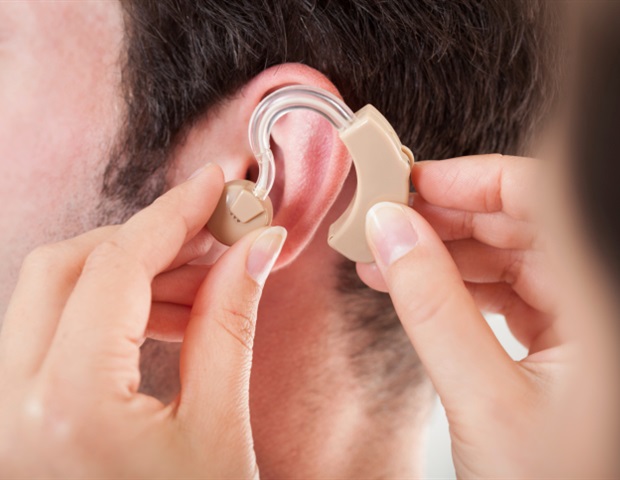Scientists have long known that cocaine works by latching on to molecular connectors on the surface of brain cells, allowing dopamine, a chemical that promotes feelings of pleasure and reward, to accumulate in the space between brain cells. Now, Johns Hopkins Medicine scientists say they have found a molecular connector, known as the BASP1 receptor, that binds cocaine, even when the drug is present in very low doses.
The study, conducted in mice and laboratory-grown mouse brain cells, suggests that blocking the BASP1 receptor may reduce the stimulant effect of cocaine, but only in male mice, not in females, maybe due to the stronger presence of estrogen hormone in the females.
A report on the research was published in the April 19 issue of the Proceedings of the National Academy of Sciences.
Experts have long concluded that cocaine essentially acts as a plug, connecting to brain cells via a molecular “receptor,” and stopping brain cells from sucking in dopamine chemicals through a strawlike structure called a transporter. All of this happens in the space where two brain cells meet and trade chemicals — a synapse. When dopamine fills up a synapse and isn’t absorbed by brain cells, feelings of reward and pleasure last longer.
Scientists have already identified several such transporters and receptors associated with cocaine, but all of them require moderate to high doses of cocaine to effectively link. The Johns Hopkins Medicine team, led by the study’s first author, Maged Harraz, M.B.B.Ch., M.Sc., Ph.D., aimed to find a receptor capable of binding cocaine at low doses. Harraz is an instructor of neuroscience at the Johns Hopkins University School of Medicine.
To do that, Harraz and his colleagues first added cocaine to mouse brain cells in laboratory culture dishes. Then, he ground down the cells, looking for molecules that bound to cocaine. At a concentration of 7 nanomolar of cocaine, an amount that does not engage any known receptor for cocaine, Harraz found the drug bound to the BASP1 receptor.
Then, Harraz used a genetic approach in mice to reduce the number of BASP1 receptors by half in a specific brain region called the striatum, which is important for the actions of cocaine. The researchers found that low doses of cocaine linked up with BASP1 at half the rate of mice with normal levels of BASP1, suggesting a close correlation between low-dose cocaine uptake and BASP1 binding.
These findings indicate that BASP1 is the receptor responsible for cocaine’s pharmacological actions. Drugs mimicking or blocking BASP1 may regulate responses to cocaine.”
Solomon Snyder, M.D., D.Phil., D.Sc., distinguished service professor
Cocaine usually produces a stimulating effect in mice, making them move around more than they would in normal circumstances. But in mice given the drug, Harraz found that those genetically modified with fewer BASP1 receptors in the ventral part of the striatum moved at about half the rate of mice with normal levels of the receptor.
Notably, this effect happened only in male mice; females with varying amounts of BASP1 receptors had no movement difference after being treated with cocaine.
After reviewing research done at the University of Bristol, United Kingdom, and the University at Buffalo showing that BASP1 also binds to the female hormone estrogen, Harraz suspects that BASP1 may already be linked with the hormone in female mice.
He says he is conducting further research to explore this finding. Many studies have shown that while both men and women become addicted to cocaine, women are more susceptible to the drug than men; however, the molecular mechanisms remain poorly understood.
Harraz is also looking for drugs that can interfere with the binding between cocaine and the BASP1 receptor, which could potentially be developed to treat cocaine substance use disorder.
Other scientists who contributed to the research include Adarsha Malla, Evan Semenza, Maria Shishikura, Manisha Singh, Yun Hwang, In Guk Kang, Young Jun Song, Adele Snowman, Pedro Cortés, Senthilkumar Karuppagounder, Ted Dawson and Valina Dawson from Johns Hopkins.
The research was supported by U.S. Public Health Service grants and the Brain & Behavior Research Foundation.
Source:
Journal reference:
Harraz, M.M., et al. (2022) A high-affinity cocaine binding site associated with the brain acid soluble protein 1. PNAS. doi.org/10.1073/pnas.2200545119.





